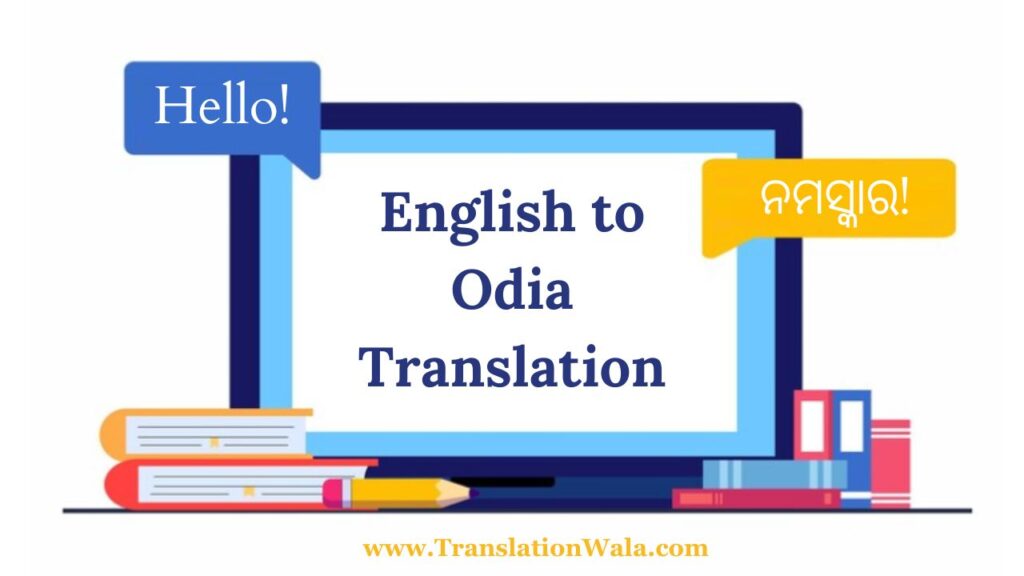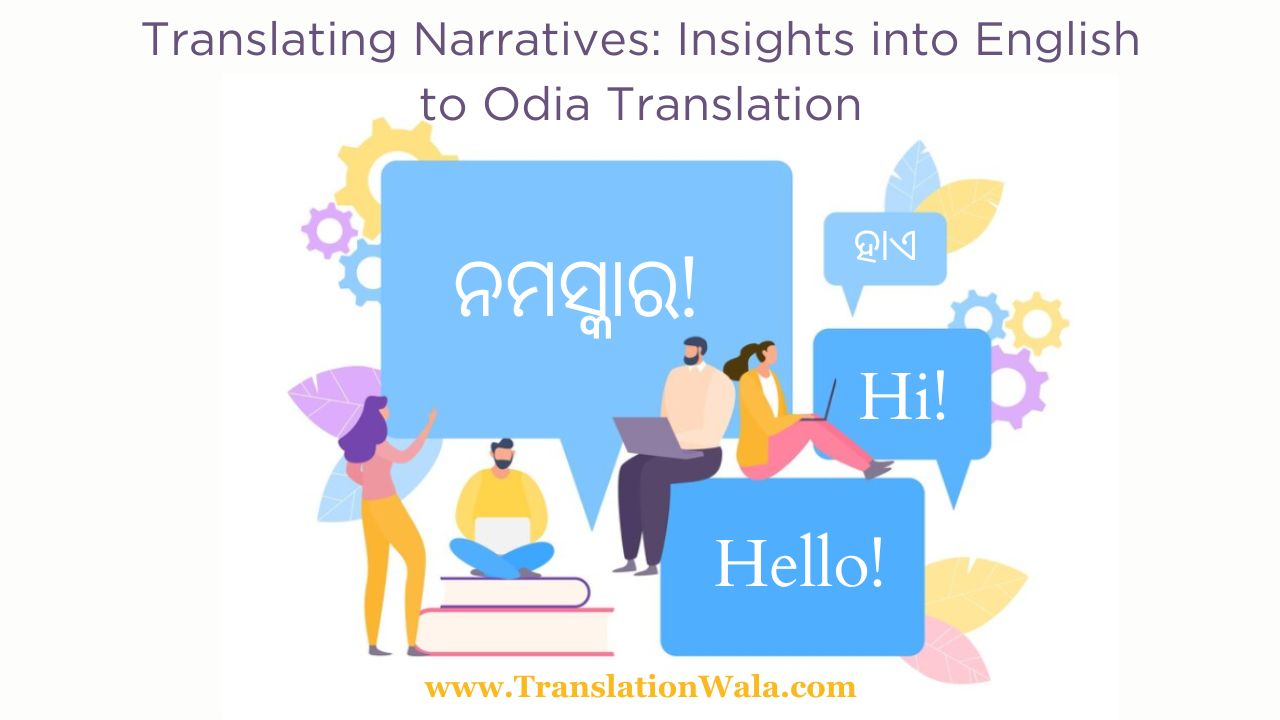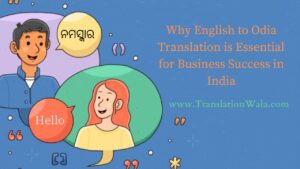English to Odia Translation: There’s more to translation than just changing words from one tongue to another. It’s about putting the main idea of a story, the subtleties of the characters’ feelings, and the cultural background into a different language. This is especially important when adapting stories because the flow of the story and the reader’s interest are very important.
This blog talks about how hard it is to translate stories from English to Odia, an interesting language that more than 80 million people in India speak. We’ll talk about the problems translators face, the most important things to keep in mind for a good English to Odia Translation, and how to keep the story’s soul in the target language.
Challenges in English to Odia Translation
- Cultural Nuances: The roots of English and Odia are in different cultures. There is a chance that jokes, metaphors, and references in the main text will not make sense to Odia. A good translation needs to find culturally appropriate words that people in Odia can understand.
- Linguistic Differences: Odia is an Indo-Aryan language, so it has its own sentence patterns and grammar rules. When spoken in Odia, a direct translation from English can sound odd and out of place. The translator has to make sure that the flow is smooth and right in the target tongue.
- Vocabulary Gaps: There are a lot of words in English, and some of them might not have clear meanings in Odia. The translation has to come up with good words or specific sentences that properly show what is meant.
- Register and Style: There can be big differences in the tone and style of writing between stories. Writing a children’s book is not the same as writing a history tale. A good translator can change their style to fit the source text and make sure it makes sense to people who read it in Odia.
Also Read: The Significance of English to Hindi Translation in the Globalized World

Key Considerations for a Successful Translation
- Understanding the Source Text: It is very important to fully understand the original English text. For the translation to do a good job of recreating the story in Odia, they need to understand the plot, how the characters change, and what the author was trying to say.
- Researching Odia Equivalents: It’s important to do a lot of study to find the best Odia words and phrases. Using definitions, glossaries, and even talking to local speakers can be very helpful.
- Maintaining Narrative Voice: In the Odia version, the person doing the work should try to keep the author’s unique voice and way of sharing stories. In this case, the flow, tone, and emotional effect of the original writing must be kept.
- Balancing Accuracy and Readability: A good translation finds a middle ground between keeping true to the original text and making sure the Odia text flows naturally. The translation might have to change some parts to fit the target culture while keeping the main idea the same.
Preserving the Soul of the Narrative
Translating a story well is more than just giving information about the facts. It’s about taking the reader to the place the author made up. Here’s how translators can make sure the story stays true to its heart:
- Capturing Emotions: Stories are about how people feel. The translator has to find the right Odia words and phrases that make the reader feel the same way the original text did.
- Maintaining Humor and Wit: It can be hard to explain wit and humor, especially jokes and wordplay that are based on cultural references. The interpreter can use different kinds of fun that will hit home with people in Odia.
- Preserving Sensory Details: Using descriptive language helps readers picture the scene and feel what the story is about. The writer has to find lively and emotional Odia words that make the reader feel the same way.
Conclusion
It’s important to love telling stories, know a lot about other countries, and be able to adapt stories from English to Odia. People who don’t know English can understand interesting stories written in Odia if the English to Odia Translation keeps the problems and important things in mind. It will be very important to have skilled translators as Odia writing grows. This will make it better and help people from different countries connect.



